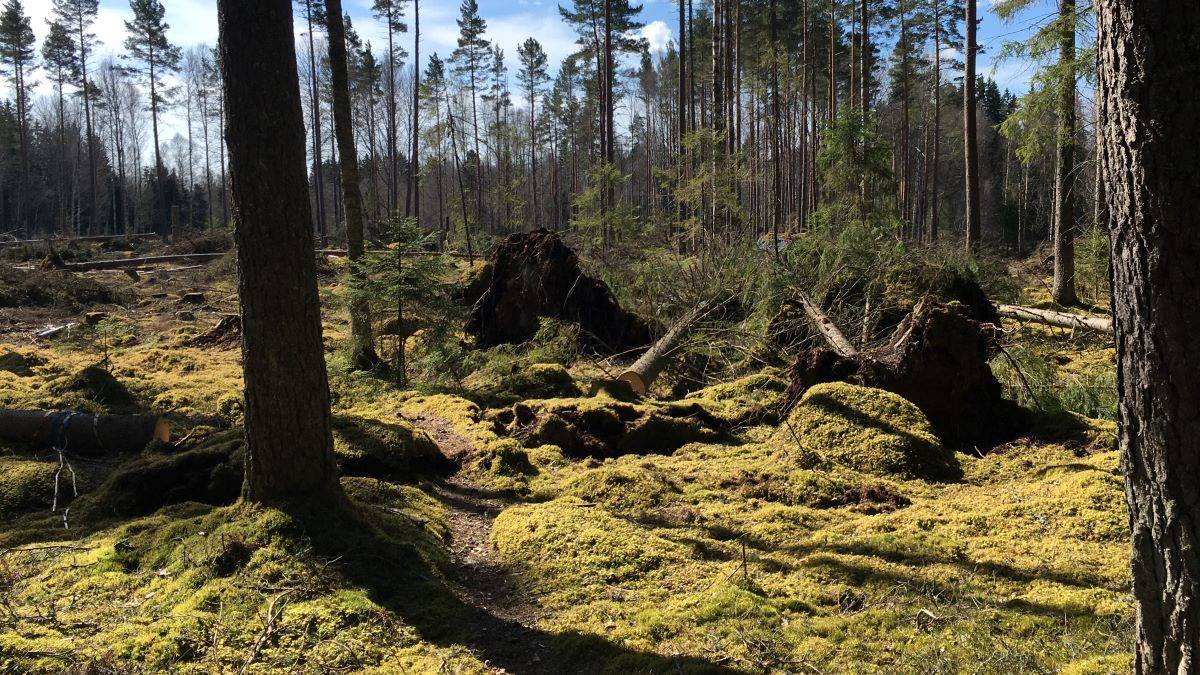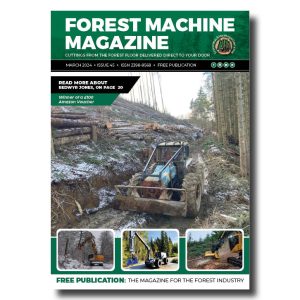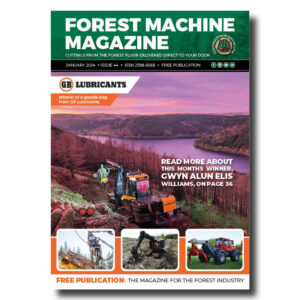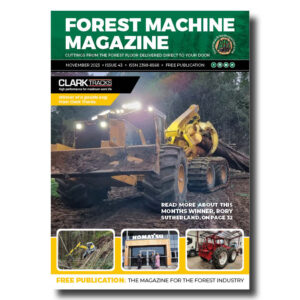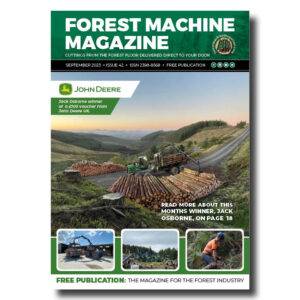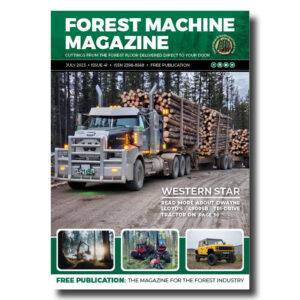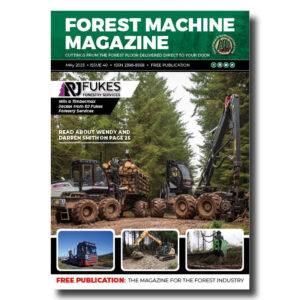Wind damaged areas of larger spruce trees that are neglected are perfect for spruce bark beetle propagation.
Photo: Tomas Gullberg
For larger, concentrated volumes, the ordinary, large-scale technology works well in combating the spruce bark beetle, but it can be a problem to be able to make use of it in time. For small or scattered volumes, a small-scale, mobilizable technology can be a good complement to keep up.
There are often hard-to-reach situations where recovery is not justifiable based on, for example, finances and the risk of driving damage. Debarking the trees has a good effect in the control of spruce bark beetle if the trees are debarked in time, but is a time-consuming and very strenuous job.

-
That’s a remarkable amount of work hours for a single machine, the Norcar 600 owned by Erkki Rinne is taken well care of, it even has the original Diesel engine.
-
Kieran Anders is a forestry contractor working in the lake district. His work involves hand cutting and extracting timber using a skidder and tractor-trailer forwarder.
-
It is not possible to eliminate chain shot, but there are simple steps that can be taken to reduce the risk.
-
Arwel takes great pride in the fact that the mill has no waste whatsoever, “the peelings are used for children’s playgrounds, gardens and for farm animals in barns in the winter and the sawdust has multiple uses in gardens and farms as well.
-
Timber hauliers need to encourage young blood in, and also look after the hauliers we have, we need make the sector a safe and positive place to work.
FIND US ON
New, smaller trials in Dalarna with only root cutting of windfalls show promising results with a more than halving of the propagation of spruce bark beetle compared to no measure.
Some experiences from the experiments where windfalls were cut at different times and compared with uncut ones:
- No shooting during root cutting before May 15
- Faster dark-coloured unfit underbark during early root cutting
- Earlier and more debarkation during root cutting
- Less amount of new drills produced the earlier the cutting
- No major difference between sun and shade, but more of the spruce bark beetle’s enemies in the shade
The habitat for the larvae of the spruce bark beetle thus seems to have been deteriorated by the root cutting. The earlier the root cutting, the better, which is practically good.

Early root-cut trees had no shoots and lost their needles, while uncut or late-cut trees sprouted and were green longer. Photo: Tomas Gullberg

Both root-cut and non-root-cut trees were attacked during the first swarm. Photo: Tomas Gullberg

But evaluation showed that the production of new drills was significantly lower in root-cut trees and the earlier the cut the better. Photo: Tomas Gullberg

Figure 1. The number of spruce bark beetles produced per square metre of bark in relation to the time of root cutting. The trees at the last time constituted uncut controls. (The diameter of the trees at chest height was about 30 cm).
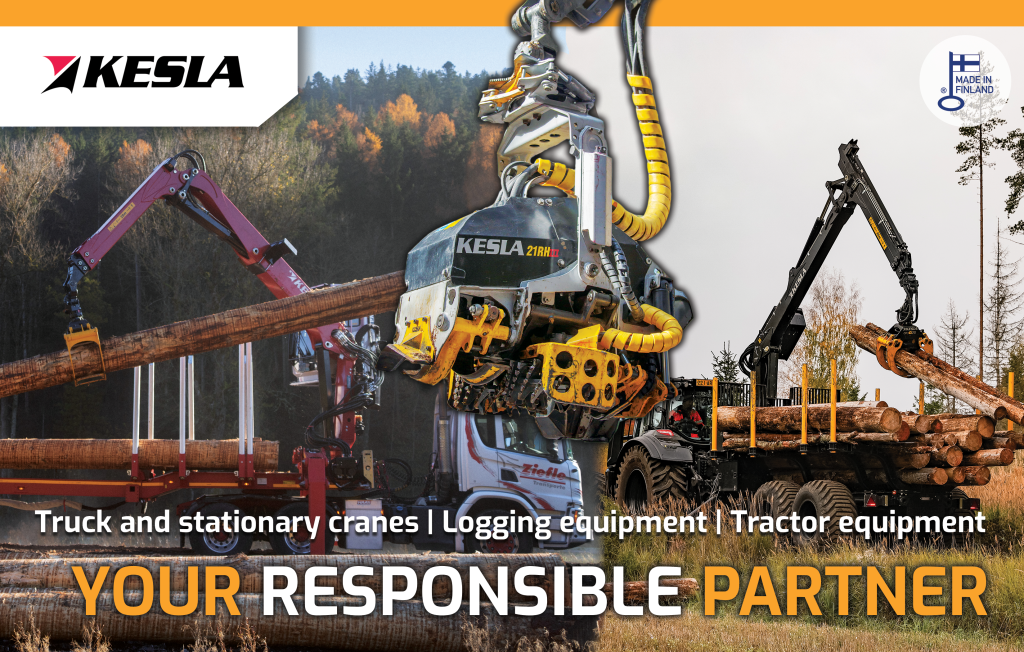
In the short term, the more windfalls we leave, the standing trees will be spared, but with an increasing population of spruce bark beetles and fewer available fresh windfalls, the risk of even standing healthy trees being attacked will increase. A combination of a large population of bark beetles propagated in windfalls and drought-stressed spruces can cause very extensive damage to standing trees.
Do not root cut trees that are intended to become sawlogs or pulpwood as the timber quality deteriorates more quickly.
Working with storm-felled trees entails special risks with falling root rollers and that trunks become tense and can throw away when cutting. Special skills and experience are therefore required. In more severe cases with trees in several layers, machines should be used.
Contact forestmachinemagazine@mail.com to get your products and services seen on the world’s largest professional forestry online news network.
#homeoflogging #writtenbyloggersforloggers #loggingallovertheworld
Written by loggers for loggers and dedicated solely to the equipment used in forestry operations.

